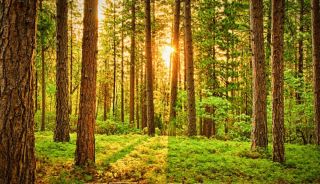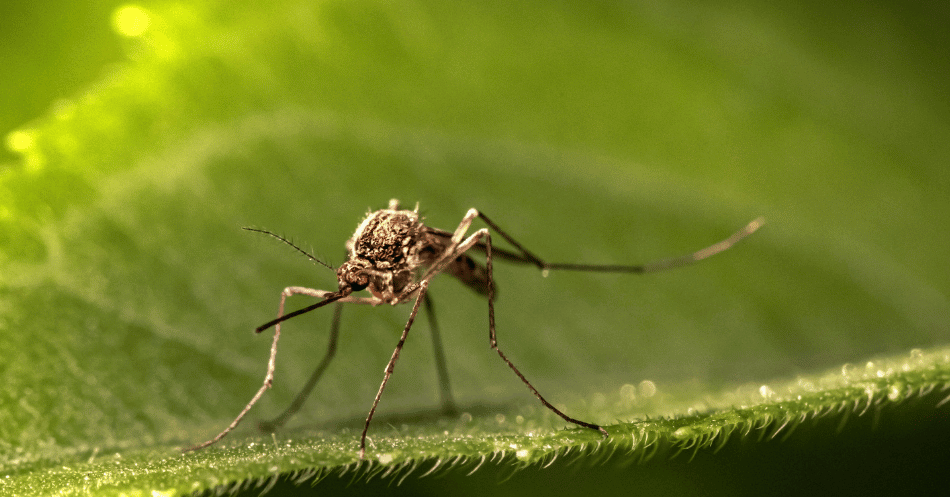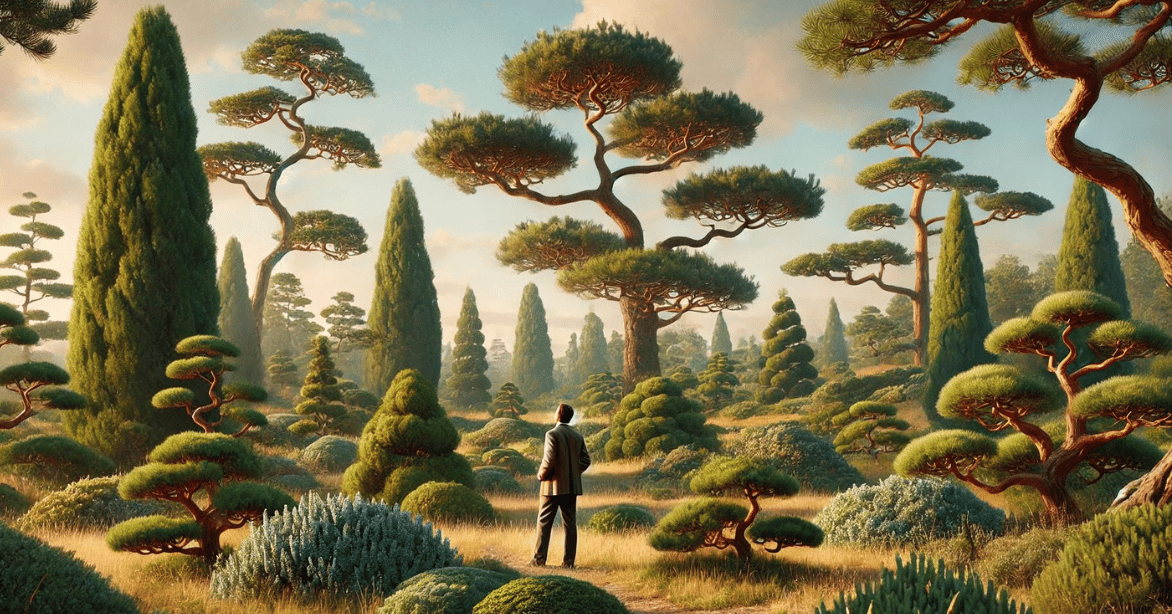Welcome to Strobert Tree Services' educational exploration of Delaware's native trees. As the "First State," Delaware takes pride in its abundant natural heritage, including various native tree species. These trees enhance the state's scenic beauty and play vital roles in its ecosystems. From the stately oaks to the graceful maples, each native tree has a unique contribution to make. Join us as we delve into these trees' significance and impact on Delaware's environment and ecological balance.
American Beech (Fagus grandifolia)
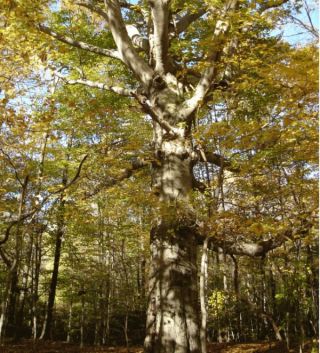
The American beech is a stately deciduous tree recognized for its smooth, gray bark and distinctive long-pointed leaves. It is a vital component of Delaware's forests, providing food and habitat for numerous wildlife species. Beechnuts, the tree's triangular nuts, are a favorite food source for various animals, including birds and mammals. The American Beech tree can be found at Killens Pond State Park, located south of Felton in Kent County, Delaware.
Red Maple (Acer rubrum)

The red maple, or the swamp or soft maple, is a versatile tree found throughout Delaware's wetlands and uplands. Its vibrant red foliage in the fall adds color to the landscape. Red maples play a critical role in wetland ecosystems, supporting a wide range of wildlife and acting as natural flood buffers. The Red Maple tree can be found in Redden State Forest, located in Ellendale, Delaware.
White Oak (Quercus alba)
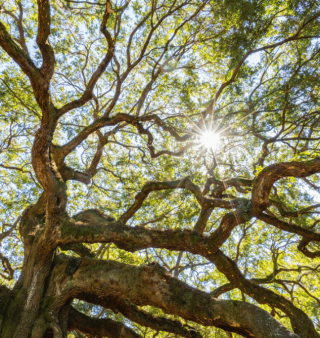
The mighty white oak, known for its strong and durable wood, symbolizes strength and longevity. This large deciduous tree is a prominent species in Delaware's forests, providing valuable habitat for wildlife, including birds and insects. The white oak's acorns are a crucial food source for various animals. The White Oak tree can be found in Rockford Park, located in a residential area of Wilmington, New Castle County, Delaware.
Flowering Dogwood (Cornus florida)
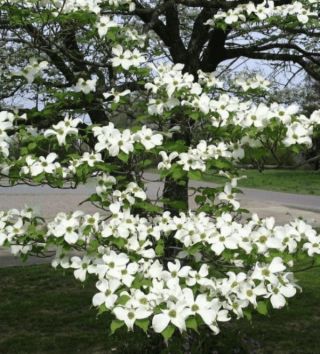
The flowering dogwood is a small, ornamental tree renowned for its beautiful flowers in early spring. Its showy bracts, often mistaken for petals, range from white to pink. The tree's bright red berries attract birds and other wildlife, making it a delightful addition to any landscape. The Flowering Dogwood can be found in White Clay Creek State Park in New Castle County, near Newark, Delaware.
Sugar Maple (Acer saccharum)
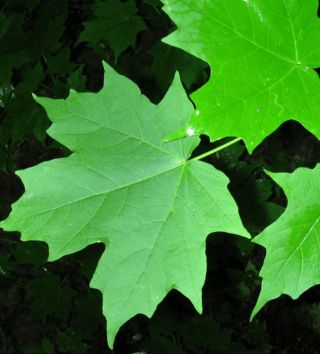
Known for its stunning fall foliage, the sugar maple is a beloved tree in Delaware. Its sap is tapped in the spring to produce maple syrup, adding to its cultural and economic significance. The sugar maple is also an essential component of Delaware's forests, supporting a variety of wildlife. The Sugar Maple tree can be located along Route 15 in Canterbury, Delaware.
Blackgum (Nyssa sylvatica)

The black gum, also called the tupelo, is a striking tree with glossy green leaves that turn vibrant shades of red and purple in the fall. It is a common species in Delaware's wetlands and is an essential food source for wildlife, particularly migratory birds. The Black gum tree can be found at Redden State Forest in Georgetown, Delaware.
Redbud (Cercis canadensis)
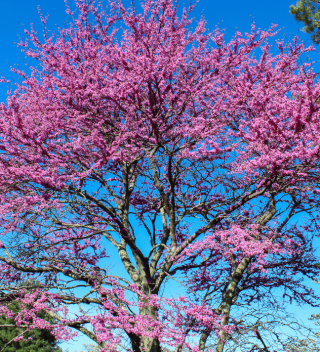
The redbud is a small, deciduous tree that heralds the arrival of spring with its profusion of pink or purple flowers. This tree is an important early nectar source for pollinators, including bees and butterflies. Redbuds also provide shelter for birds and small mammals. The Redbud tree can be located near Hagley Museum in Wilmington, Delaware.
Eastern White Pine (Pinus strobus)

As the state tree of Delaware, the Eastern white pine holds a special place in the hearts of residents. The white pine is an iconic symbol of the state's forests with its soft, bluish-green needles and tall stature. It provides habitat and food for various wildlife species, including squirrels and birds. The Eastern White Pine tree can be found near Bannister Hall in Smyrna, Delaware.
Northern Red Oak (Quercus rubra)
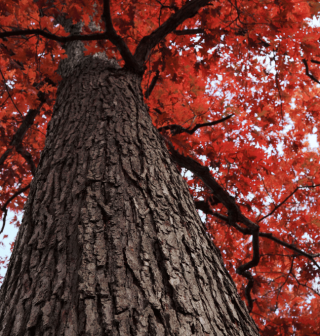
The northern red oak is a magnificent tree valued for its strong wood and vibrant fall foliage. Its acorns are an essential food source for wildlife, and the tree provides critical habitat for various animals, insects, and fungi. The Northern Red Oak tree can be found near Tatnall School in Wilmington, DE.
Shagbark Hickory (Carya ovata)

The shagbark hickory is distinguishable by its shaggy bark that peels away in long strips. It produces large, edible nuts that wildlife and humans enjoy. This tree is a valuable member of Delaware's forests, contributing to the region's biodiversity. The Shagbark Hickory can be found near Commerce and Main Street in Kenton, DE.
Bald Cypress (Taxodium distichum)
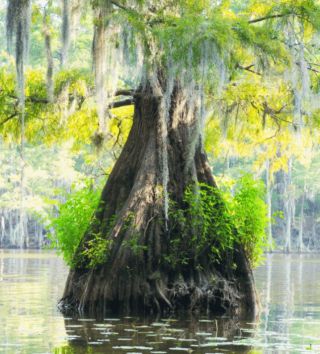
The bald cypress is an awe-inspiring tree that thrives in wetland areas. Its unique feature is its "knees," woody projections that rise from the water around the tree's base. Bald cypress trees are essential in stabilizing wetland ecosystems and providing habitat for various species. The Bald Cypress can be found in Trap Pond State Park in Laurel, DE.
Loblolly Pine (Pinus taeda)
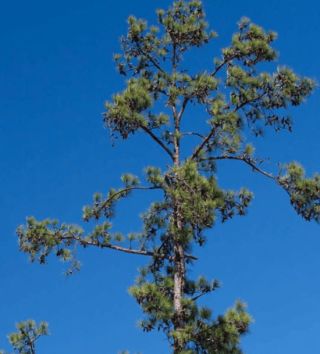
The loblolly pine is a fast-growing evergreen tree that forms extensive forests in Delaware's coastal plain. It is a valuable timber species and supports diverse wildlife, including birds and small mammals. The Loblolly Pine can be found near Angola Beach and the Estates Marina parking lot in Lewes, DE.
Tulip Tree (Liriodendron tulipifera)
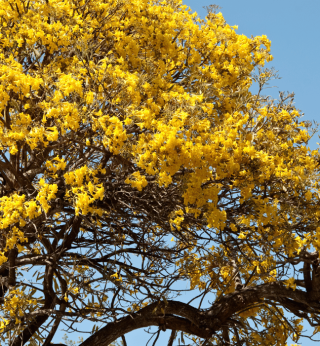
The tulip tree, also known as yellow poplar or tulip poplar, is an impressive deciduous tree with large, tulip-shaped flowers. It is one of the tallest hardwood trees in North America and serves as an important food source for animals like squirrels and birds. The Tulip Tree can be located in Brandywine Creek State Park in Wilmington, DE.
River Birch (Betula nigra)
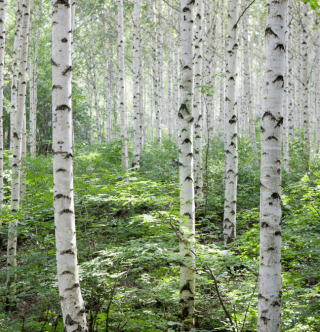
The river birch is a medium-sized deciduous tree found along riverbanks and wetland areas in Delaware. Its distinctive papery bark adds aesthetic value to the landscape. The tree's seeds provide nourishment for a variety of wildlife. The River Birch can be located near Fawn and Newton Road in Bridgeville, DE.
Pecan (Carya illinoinensis)
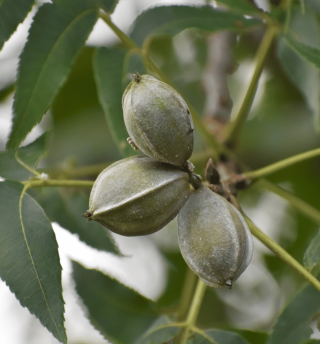
The pecan tree, native to the southeastern United States, is well-known for its delicious and nutritious nuts. While not as common as other native trees in Delaware, it can still be found in certain state regions. The Pecan can be located near Rising Sun Road in Camden, DE.
American Holly (Ilex opaca)
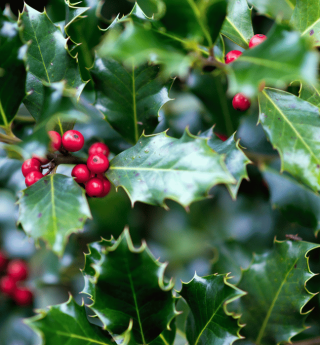
The American holly is an evergreen tree known for its glossy, dark green leaves and bright red berries. It is a popular ornamental tree in Delaware and provides winter food and shelter for wildlife. The American Holly can be located near Summit Bridge Road in Middletown, DE.
Beech (Fagus spp.)
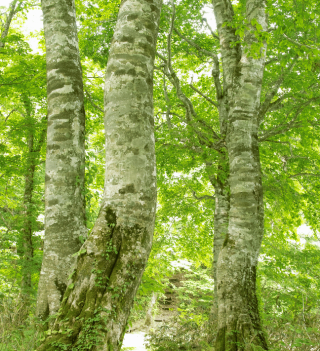
The beech tree encompasses several species found in Delaware. Known for their smooth, gray bark and distinctively shaped leaves, beech trees are essential to the state's forests and provide sustenance for various animals. The Beech Tree can be located behind Cedar Chase Apartments in Dover, DE.
Honey Locust (Gleditsia triacanthos)

The honey locust is a deciduous tree with impressive, thorny branches. Its long, twisting seed pods serve as food for wildlife and can also be a food source for humans in certain cultures. The Honey Locust can be located in Brandywine Park in Wilmington, DE.
Scarlet Oak (Quercus coccinea)
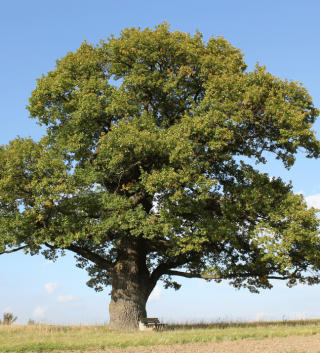
The scarlet oak is a striking deciduous tree that earns its name from the brilliant scarlet color of its fall foliage. It provides valuable habitat for wildlife and contributes to the beauty of Delaware's landscapes. The Scarlet Oak can be located in White Clay Creek State Park in Newark, DE.
Hickory (Carya tomentosa)

Delaware is home to several hickory species, each with distinct characteristics. These trees contribute to the state's ecosystems by providing food and shelter for wildlife. The Carya Tomentosa can be located near the Brandywine Cemetary in Wilmington, DE.
Black Walnut (Juglans nigra)
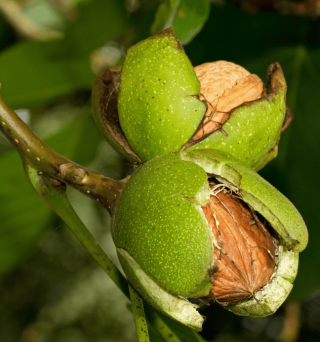
The black walnut is a large deciduous tree highly valued for its dark, rich wood and edible nuts. Its nuts attract various animals, and the tree provides a habitat for diverse wildlife. The Black Walnut can be found in First State National Historic Park in Wilmington, DE.
American Hornbeam (Carpinus caroliniana)
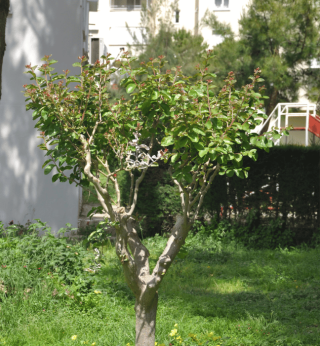
The American hornbeam, or blue beech or musclewood, is a small tree with smooth, muscular-looking bark. It plays a vital role in Delaware's forests, providing food for wildlife and contributing to the region's biodiversity. The American Hornbeam can be located near Burnite Mill Rd. in Felton, DE.
Basswood (Tilia americana)
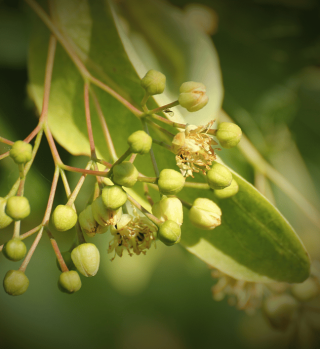
The basswood, the American linden, is a deciduous tree with heart-shaped leaves. Its fragrant flowers attract bees and other pollinators, making it an essential part of Delaware's ecosystems. The American Basswood can be located near Westville Road in Wyoming, DE.
American Elm (Ulmus americana)

The American elm is a grand, deciduous tree known for its towering height and arching branches. While once a dominant tree in Delaware's landscape, it has faced challenges due to the Dutch elm disease. The American Elm can be found near Boyds Corner Road in Middletown, DE.
Appreciating Delaware's Native Trees
At Strobert Tree Services, we deeply care about the Delaware ecosystem because we understand the vital role that native trees play in maintaining the health and balance of our environment. As arborists and tree care experts, we have witnessed firsthand the positive impact of healthy trees on the air we breathe, the water we drink, and the overall well-being of our communities.
Our commitment to preserving and caring for Delaware's native trees stems from our passion for environmental stewardship and sustainability. We firmly believe that by maintaining the health and vitality of these trees, we can contribute to a greener and more resilient ecosystem, providing numerous benefits to both wildlife and residents alike.
As a local tree service company, we take great pride in our state's unique flora and are dedicated to preserving its diversity and abundance for future generations. We strive to be a part of the solution by offering expert tree care services that promote the longevity and well-being of Delaware's native trees, ensuring a thriving ecosystem for years to come.
Contact Strobert Tree Services
If you require assistance with tree care, maintenance, or preservation in Delaware, Strobert Tree Services is here to help. Our team of experienced arborists is dedicated to providing professional and reliable tree services to ensure the health and well-being of Delaware's native trees. Contact us today to learn more about our services and how we can assist you in maintaining the beauty and vitality of your landscape.


